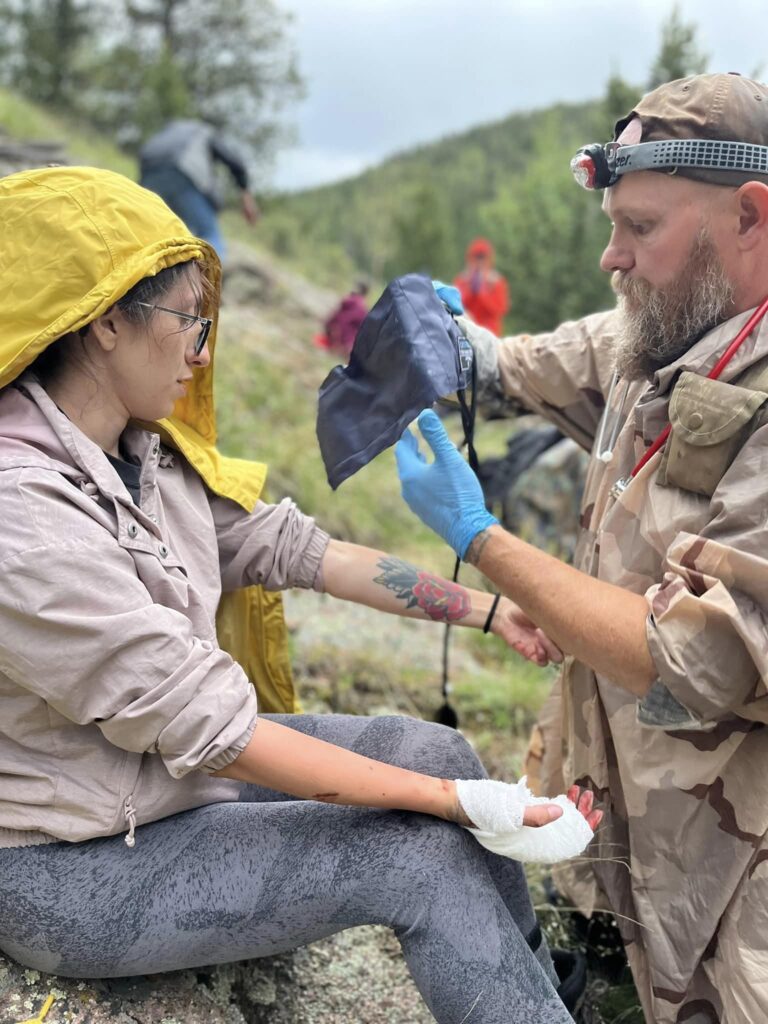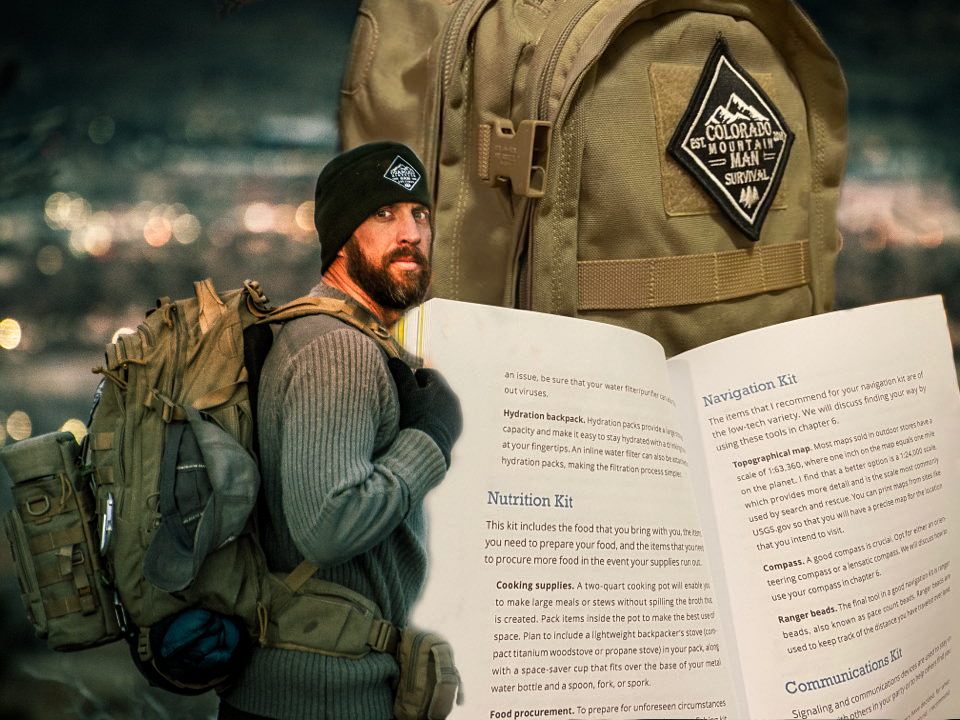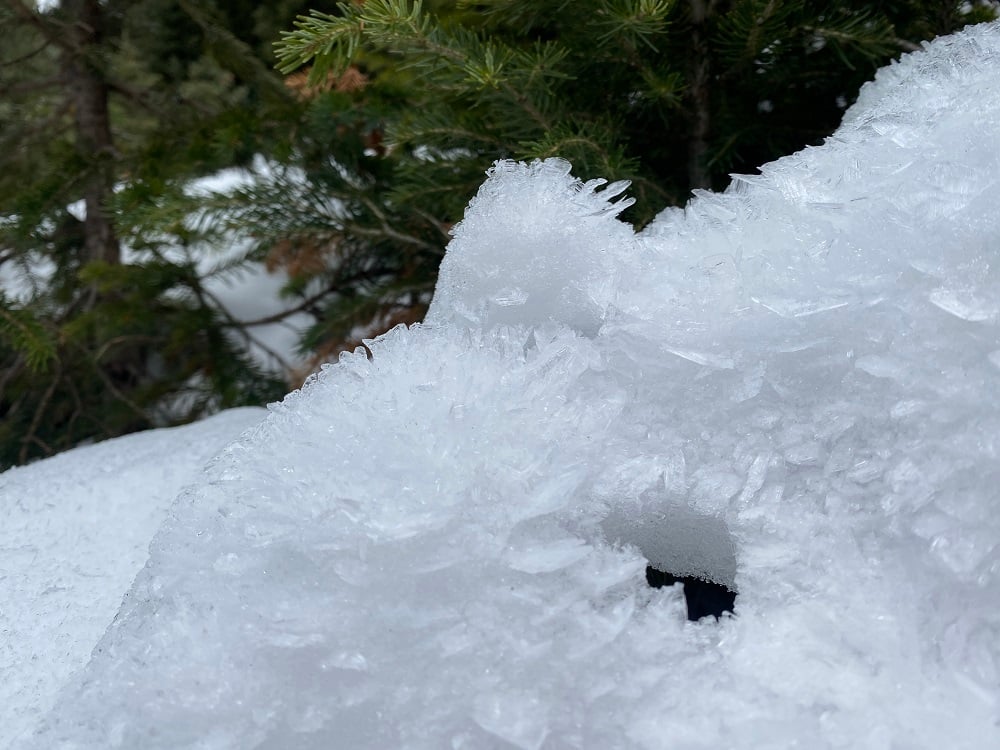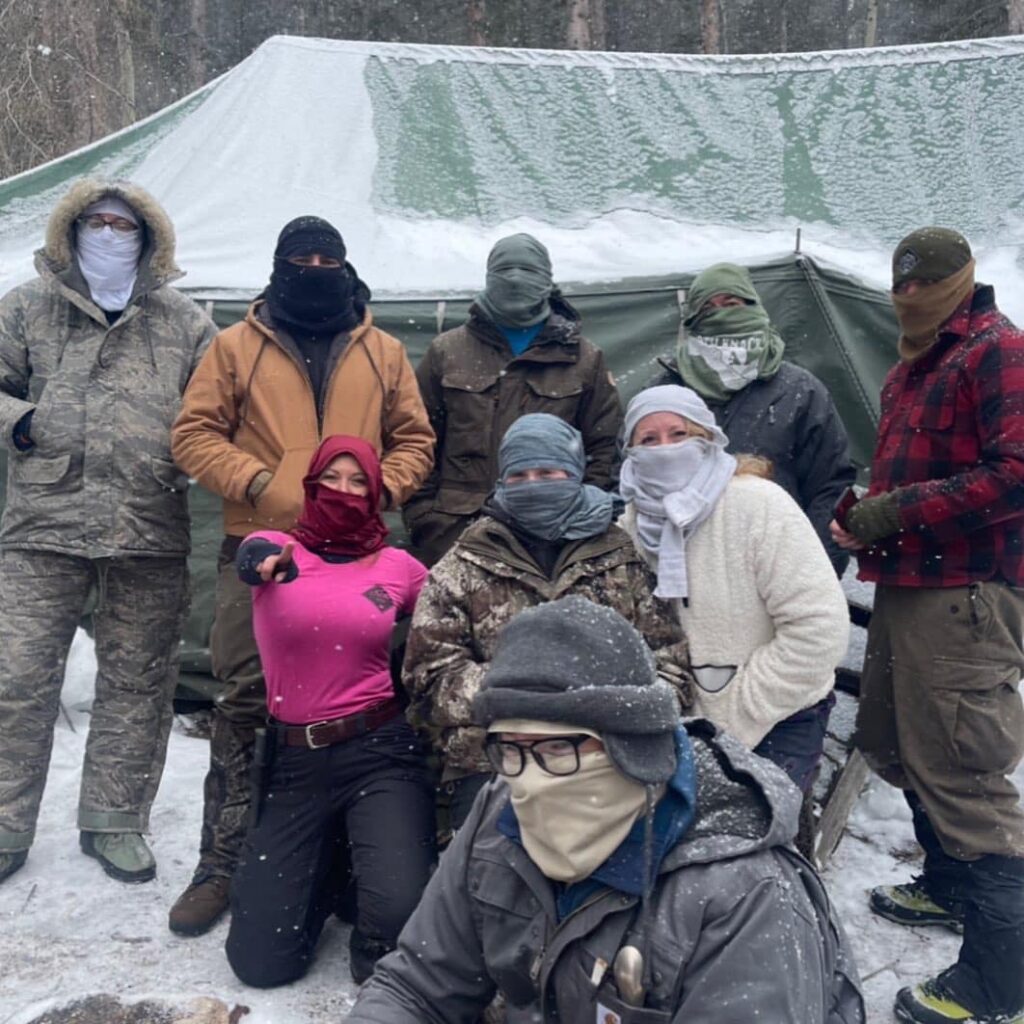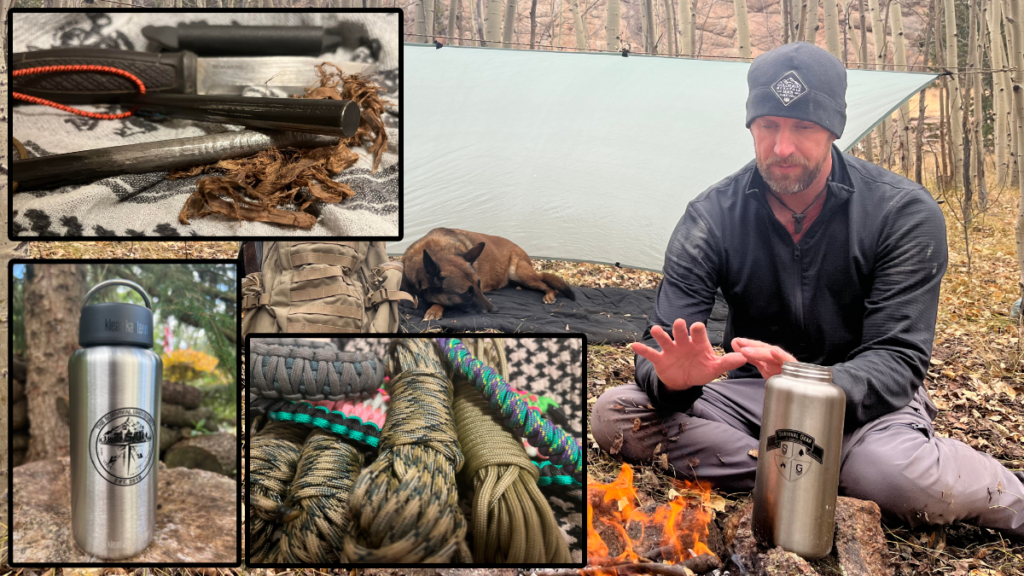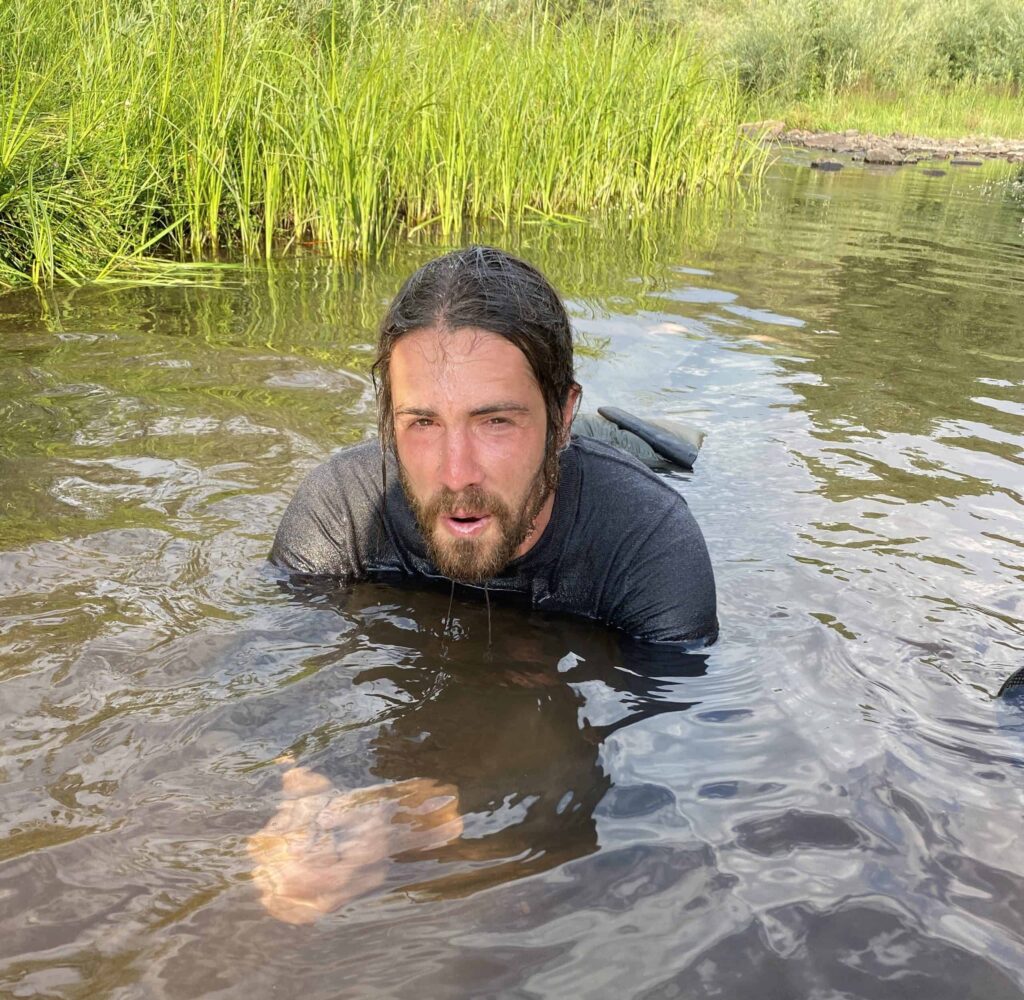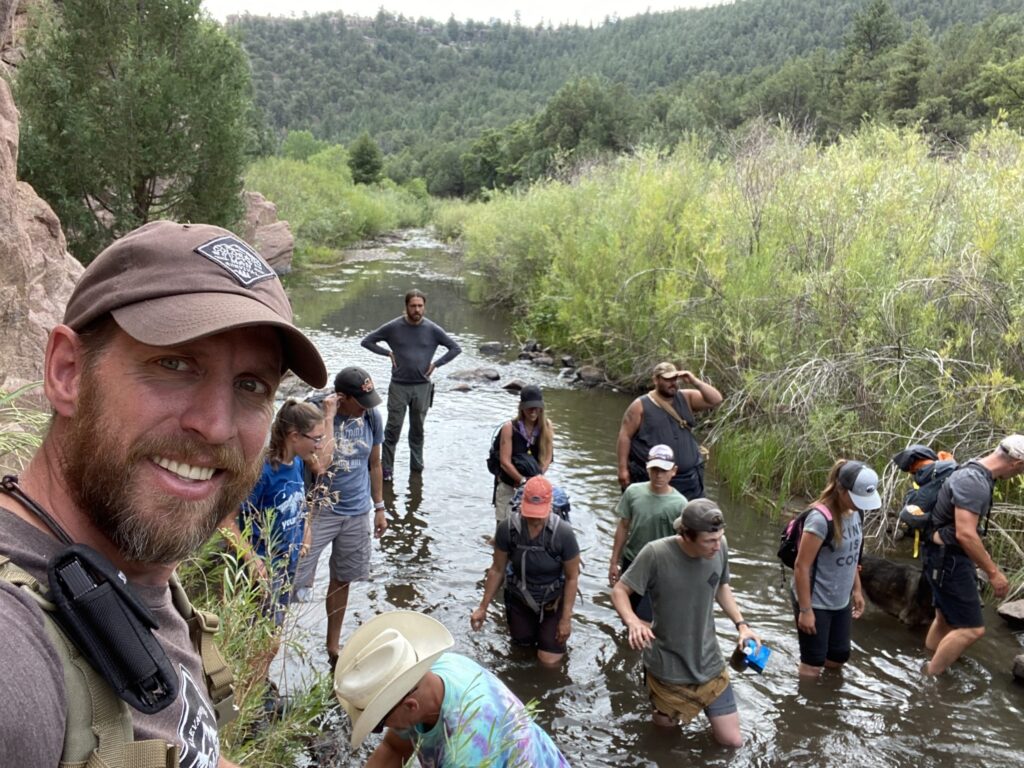Cart
5 min read
Train Like You Play: Why Everyone Needs Their Own Survival Gear
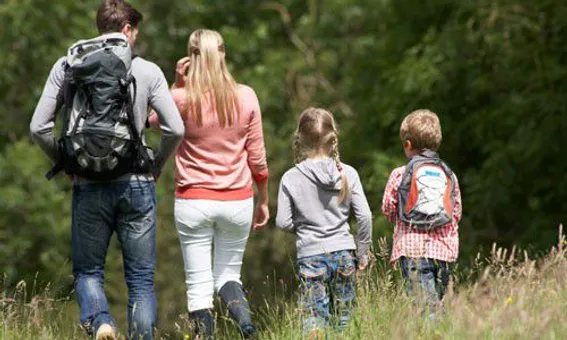
Train Like You Play: Why Everyone Needs Their Own Survival Gear
A question I get asked a lot, especially from families or groups attending my classes, is:
“Does everyone need to bring their own gear, or can we share?”
It’s a fair question, but one that makes me think beyond the training scenario and into real-world survival situations. The truth is, sharing gear in training might work, but in the wilderness, it could lead to disaster. Here’s a two-part answer to chew on.
Training Scenarios: Can You Share Gear?
In a training environment, gear needs are minimal, and sharing might seem like a good way to save money, especially if you’re unsure of what to buy. We actually encourage this for beginners so you can figure out what works for you before dropping a ton of cash on equipment.
That said, sharing gear in class comes with challenges. For essential tools like a knife and fire starter, I highly recommend each person has their own. When multiple people share one item, it slows down the learning process, limiting hands-on practice. In short, sharing might work in class, but it’s not ideal for maximizing your training experience.
Real-World Survival: Train Like You Play
When it comes to real-world scenarios, the answer changes entirely. Survival situations are unpredictable, and you need to prepare for the possibility of being alone. Train like you play, because one day, you might find yourself “playing” solo.

The Reality of Separation
Picture this: a family heads out for a day hike.
- Dad carries the bulk of the gear in a large pack.
- Mom has a smaller pack stuffed with water, snacks, and jackets for the kids.
- Little Susie has her stuffed animal.
- Little Bobby has a stick and maybe a pocket knife hidden somewhere.
Now, imagine the family gets separated. Maybe someone takes a wrong turn or bad weather forces them to split up. If each person isn’t carrying their own gear, how will they handle a night alone in the wilderness?
This scenario happens more often than people think. Without gear or training, separated family members are left vulnerable, relying on luck rather than preparedness.
The Bigger Problem: Training and Experience
Let’s be real. In many families, Dad is often the one with some survival training—maybe from the military or a civilian course. Mom may or may not have attended a class, and the kids? They usually have little to no survival experience.
If Dad’s gear is the only complete pack and he’s not around, the rest of the family is left unprepared. Moms, if you’ve trained too, give me a high five! But if you haven’t, consider this: everyone in the group, kids included, needs to be able to “hold their own” in a survival situation.
What Should Be in Everyone’s Kit?
At a minimum, every person should carry a kit that covers the Rule of Threes (3 minutes without air, 3 hours without shelter, 3 days without water, 3 weeks without food). Here’s what I recommend for each individual:
- Knife: A reliable, sharp blade is a must-have tool for countless survival tasks.
- Fire Starter: Ferro rods, Bic lighters, or waterproof matches.
- Paracord: Lightweight and versatile for shelter, repairs, and more.
- Shelter: A poncho or tarp that can double as a rain cover and emergency shelter.
- Water Bottle and Filter: Stay hydrated with clean, safe water.
- Trauma Kit: Tailored to your training the environment and individual needs.
- Map and Compass: Critical for navigation, especially in unfamiliar terrain.
- Food: High-calorie, lightweight snacks for energy.
- Proper Clothing: Layers to stay warm, dry, and protected.
All of this can fit into a small backpack and weigh as little as 10–15 pounds when packed efficiently. Adding a signal whistle and mirror gives you a better chance of being found by Search and Rescue (SAR).
Common Mistakes: Overreliance on One Person
Too often, I see families relying heavily on Dad to carry the bulk of the gear. While this might seem practical, it creates a dangerous dependency. What happens if Dad isn’t there? A child or spouse without proper training or gear could quickly find themselves in trouble.
Everyone, including kids, should have their own self-sustaining kit and know how to use it. A knife and fire starter aren’t just tools—they’re lifelines. Learning how to use these items in a controlled training environment ensures everyone is prepared for the unexpected.
Beyond Gear: Survival Training
Gear alone isn’t enough. Each person must know how to use what they’re carrying. That means understanding the Rule of Threes, practicing fire-starting, shelter-building, and water purification, and navigating with a map and compass.
This is why I teach families to train as they would play. For parents, it’s also a great opportunity to bond with your kids while giving them the tools and confidence they’ll need in an emergency.
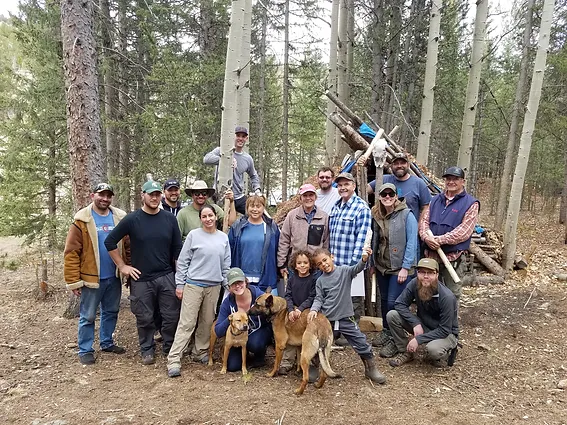
A Word About Bug-Out Bags
The same principles apply to bug-out bags. Every person’s bag should be self-sustaining, with enough supplies to handle emergencies independently. Sharing a single bag isn’t just inconvenient—it’s risky. Survival is about self-reliance, and that starts with having the right gear and training.
Final Thoughts: Why Self-Sufficiency Matters
When someone asks me, “Can we share gear?” this entire thought process runs through my mind. My simple answer? Train like you play.
In both training and real-world survival, everyone in your group should have their own gear and the knowledge to use it. By preparing each person to be self-sufficient, you’re giving your family or group the best chance to thrive in any situation.
Leave a Comment
Beyond the Wilderness: How WFR Skills Can Save Lives Anywhere
While the Wilderness First Responder (WFR) class is designed to prepare individuals for medical emergencies in remote, wilderness settings, the skills learned in the course...
Analogy of a Survival Kit
A Survival kit is a package containing essential items and supplies that are designed to help individuals survive during an emergency situation.
EAT THE WEEDS – POISON HEMLOCK
Poison hemlock (Conium maculatum) is a highly toxic plant that is native to Europe and North Africa and has become naturalized in many parts of...
EAT THE WEEDS – GREAT MULLEIN
Great mullein has a long history of medicinal use and has been used for centuries to treat a variety of ailments. The leaves and flowers...
PREVENT WINTER INJURIES
We thought we would share a few general winter survival tips to help prevent winter injuries caused by changes mother nature may have in mind.
Winter Clothing
Layering clothes is an effective way to stay comfortable and protected from the elements in various weather conditions. By layering clothing, you can regulate your...
Another Tucking Survival Tip
An easy to follow survival tip. If we tuck our pants into our socks, shirt into our pants, and so on, we trap this warmed...
The 5 C’s of Survival Gear
The Basic gear you should have to survive the night outdoors. A common mistake most adventures make is heading outdoors without the necessary gear should...
Understanding Water Survival
Learn the importance of water survival techniques to survive cold water immursion, sinking vehicle accidents, and floods.
10 Reasons to Take a Survival Class at TSU
Reasons to learn survival skills are legion, but here are ten to consider before you sign up for a survival class.

